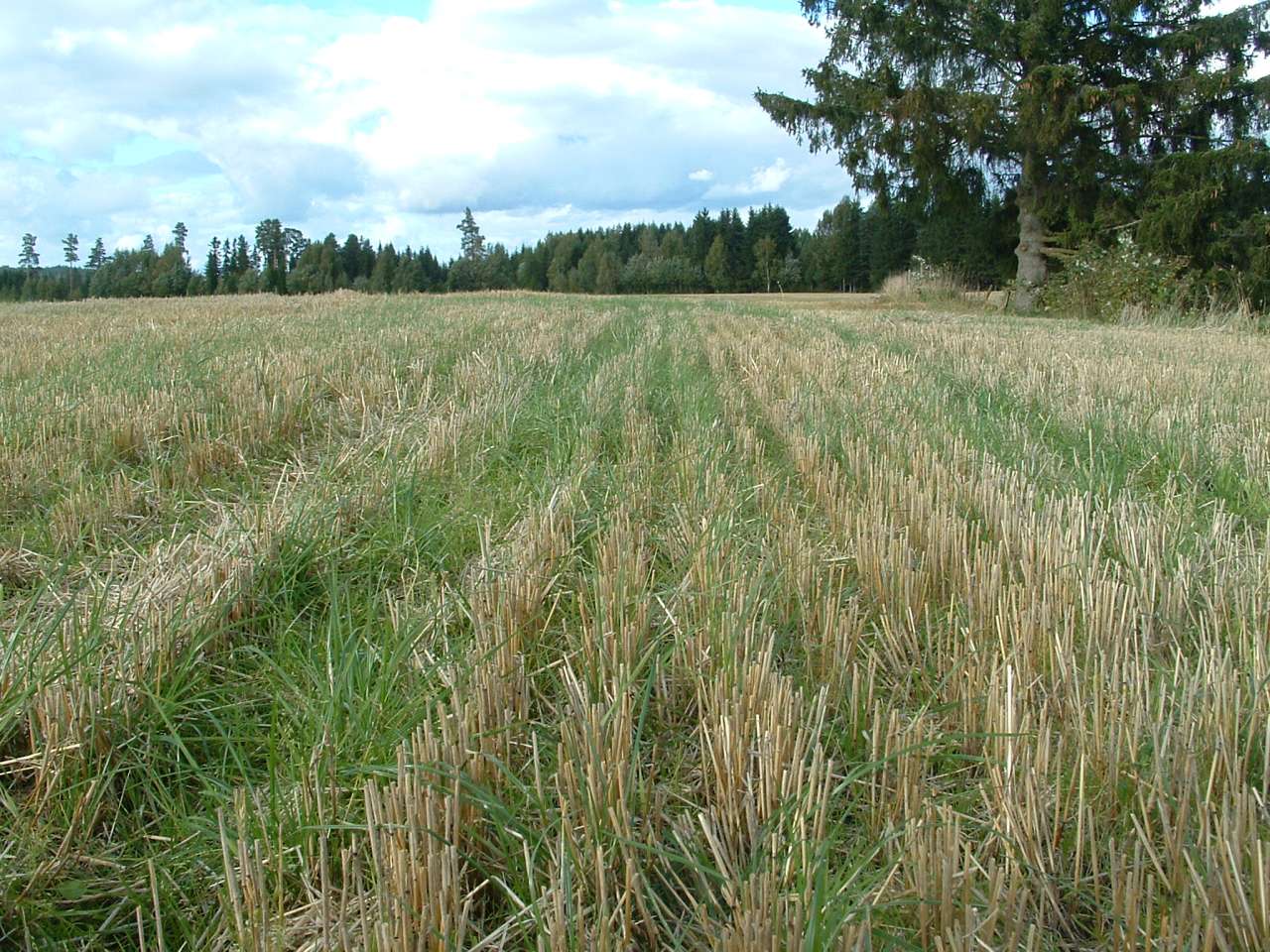Soils can store large amounts of carbon

Photo: Marianne Bechmann.
In one of the reports that formed the basis of the agricultural policy negotiations in 2019, 10 methods to increase carbon sequestration in soil were evaluated. Cover crops is the climate measure that emerges as best overall, however biochar has the highest carbon sequestration potential.
Soil stores a lot of carbon, around 2,300 billion metric tons, in the form of more or less decomposed plant and animal residues. In 2019, the carbon emissions from fossil fuels amounted to around 4 thousandths of this, the equivalent to 9 billion metric tons.
What many people now want to know is whether it is possible to compensate for these fossil CO2 emissions by increasing the carbon content in soil.
“Globally, soil has lost a great deal of carbon through reckless forms of agriculture. By using new and climate-friendly methods of cultivation, in the ‘4 per 1000’ initiative, which was launched at the climate conference in Paris in 2015, we could potentially achieve a reversal. In other words, increasing the amount of carbon stored in soils of the world can largely contribute to compensate for other emissions,” says Department Head Daniel Rasse at NIBIO.
To find out exactly which climate measures are most suited to Norwegian conditions, Rasse and his colleagues have authored a report describing various methods of sequestering carbon in soil. The report describes 10 methods which were evaluated for their carbon sequestration potential.
“The climate measures in the report are those most relevant in a Norwegian context. As well as providing a thorough description of the measures, we evaluated them based on a number of criteria, including effect and feasibility of implementation for farmers,” says Rasse.
“In short, the use of cover crops is the measure that emerges best overall, while biochar is the climate measure with the highest carbon sequestration potential,” he adds.
Contacts

Contacts

